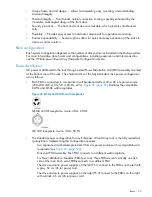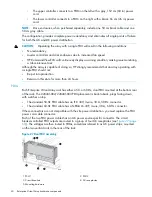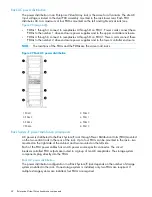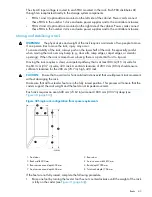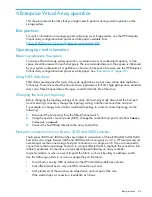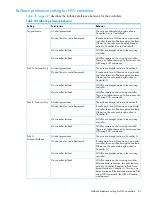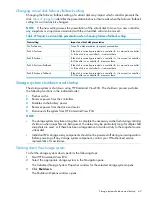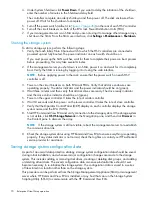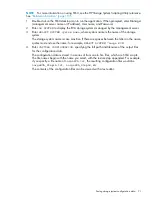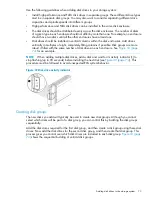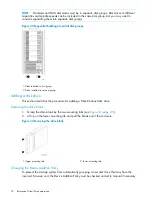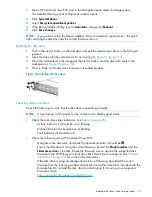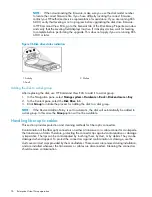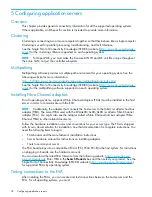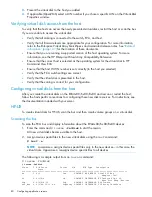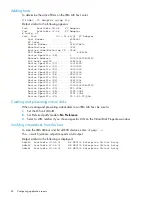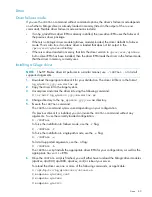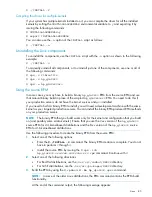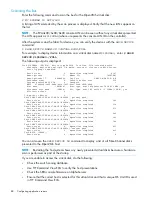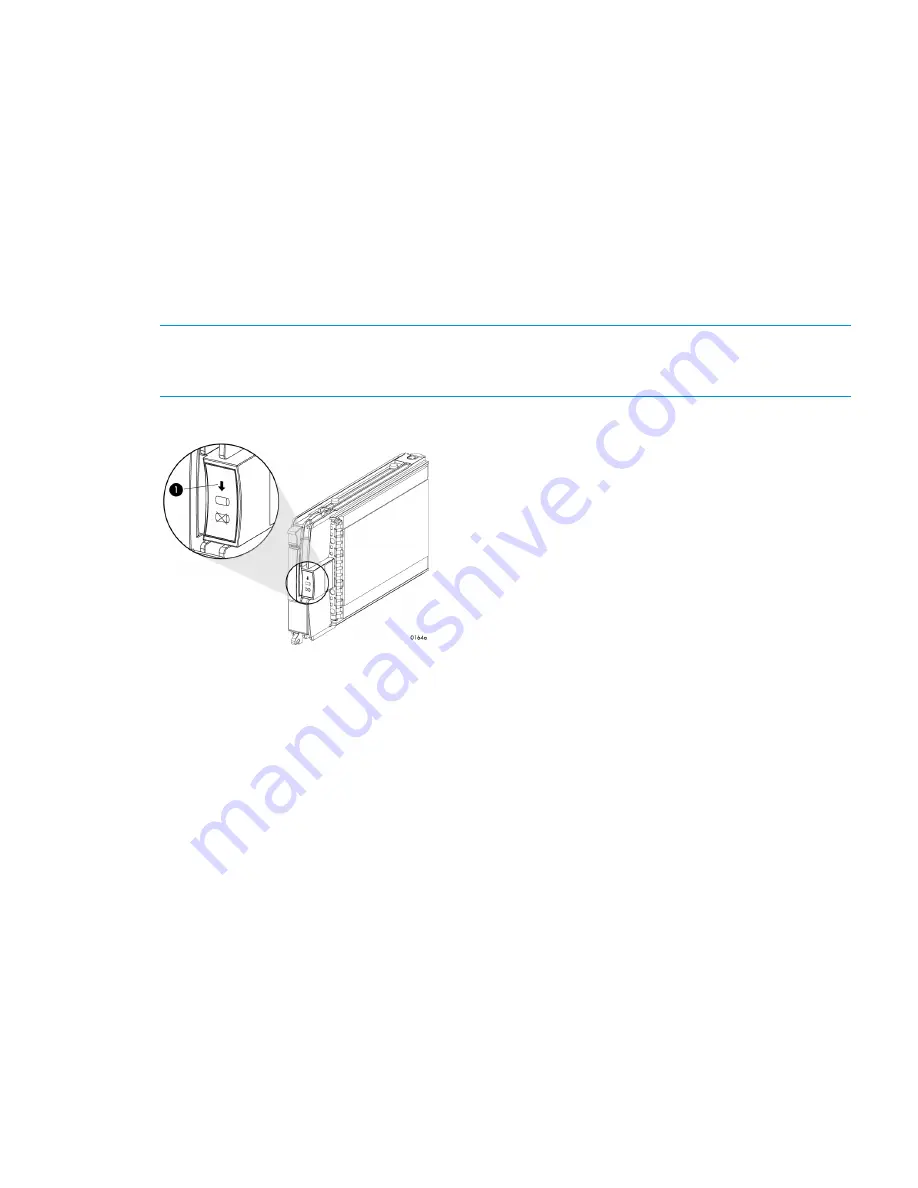
Use the following guidelines when adding disk drives to your storage system:
•
Install high performance and FATA disk drives in separate groups. These different drive types
must be in separate disk groups. You may also want to consider separating different drive
capacities and spindle speeds into different groups.
•
High performance and FATA disk drives can be installed in the same disk enclosure.
•
The disk drives should be distributed evenly across the disk enclosures. The number of disks
of a given type in each enclosure should not differ by more than one. For example, no enclosure
should have two disks until all the other enclosures have at least one.
•
Disk drives should be installed in vertical columns within the disk enclosures. Add drives
vertically in multiples of eight, completely filling columns if possible. Disk groups are more
robust if filled with the same number of disk drives in each enclosure. See
Figure 33 (page
74)
for an example.
NOTE:
When adding multiple disk drives, add a disk and wait for its activity indicator (1) to
stop flashing (up to 90 seconds) before installing the next disk (see
Figure 32 (page 73)
). This
procedure must be followed to avoid unexpected EVA system behavior.
Figure 32 Disk drive activity indicator
Creating disk groups
The new disks you add will typically be used to create new disk groups. Although you cannot
select which disks will be part of a disk group, you can control this by building the disk groups
sequentially.
Add the disk drives required for the first disk group, and then create a disk group using these disk
drives. Now add the disk drives for the second disk group, and then create that disk group. This
process gives you control over which disk drives are included in each disk group.
Figure 33 (page
74)
shows the sequential building of vertical disk groups.
Adding disk drives to the storage system
73

